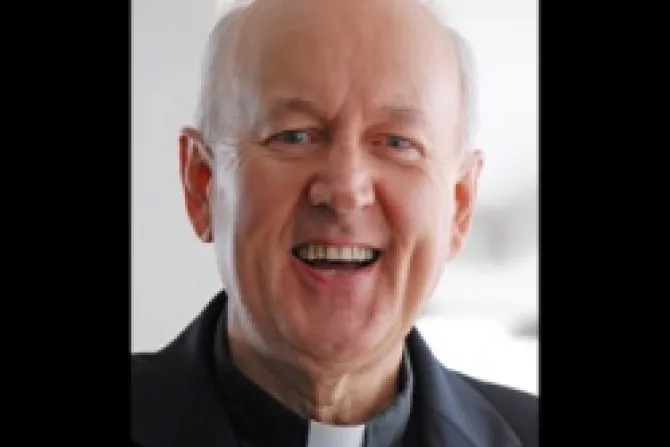Washington D.C., Jul 4, 2012 / 01:08 am
The Holy See has announced the first liturgical texts approved for use around the world by the Personal Ordinariates for former Anglicans who have become Catholic.
"We welcome with gratitude these texts, which bring into Catholic liturgical life some of the most beloved and memorable texts in the Book of Common Prayer," said Msgr. Jeffrey N. Steenson, head of the Ordinariate of the Chair of St. Peter.
"These texts have blessed and comforted generations of English-speaking Christians and will be deeply appreciated in the Ordinariate communities," he explained.
On June 22, the Congregation for Divine Worship promulgated two new liturgical texts – the Order for Funerals and the Order for the Celebration of Holy Matrimony – to be used by Personal Ordinariates throughout the world.
In 2009, Pope Benedict XVI authorized the creation of ordinariates for Anglican communities seeking to enter the Catholic Church.
These ordinariates are similar to dioceses but larger in scope, often encompassing entire nations. They allow whole communities to enter into full communion with the Catholic Church while retaining elements of their Anglican heritage and liturgical practices.
In addition to the Personal Ordinariate of the Chair of St Peter in the United States and Canada, the liturgical texts will be used in the Personal Ordinariate of Our Lady of Walsingham in the United Kingdom and the Personal Ordinariate of Our Lady of the Southern Cross in Australia.
"These are historic occasions because they are set within the context of the Anglican tradition," said Msgr. Andrew Burnham, assistant to the ordinary of the Personal Ordinariate of Our Lady of Walsingham.
In a video interview posted online, Msgr. Burnham discussed the new liturgical texts.
Catholics who are not acquainted with the Anglican tradition may find certain parts of the Order for the Celebration of Holy Matrimony to be unfamiliar, he said.
The Anglican tradition contains three "distinct elements," he explained. These include the preface to marriage services, which "sets out the objects of marriage," as well as the exchange of vows with the giving of rings and the blessing of the couple.
There are also some differences in language, such as the use of "thee" and "thou" in the newly-approved texts for the ordinariates, he said.
Likewise, former Anglicans in the Personal Ordinariates will find some changes from the tradition they have grown to know, he added.
"In the Anglican tradition, it was the priest who married the couple," he explained, while in the Catholic understanding, the bride and groom marry each other and "the priest is the official witness of the Church."
Msgr. Burnham also commented on the funeral texts, noting that they had been somewhat controversial within the Church of England because they embraced the Roman Catholic doctrine of prayer for the dead.
Both the Order for Funerals and the Order for the Celebration of Holy Matrimony have been developed with care by the Vatican to ensure conformity to Catholic teaching, he noted.
"This is an important moment in the development of our distinctive liturgical and ecclesial life," said Msgr. Keith Newton, ordinary of the Personal Ordinariate of Our Lady of Walsingham.
He explained that the world stopped "to watch the Royal Wedding last year," and observed that now, "a very similar and beautiful liturgy is available for use in the Ordinariates of the Catholic Church."
"(It) is a great privilege for us to be part of that obvious working-out of practical, receptive ecumenism," he said.



